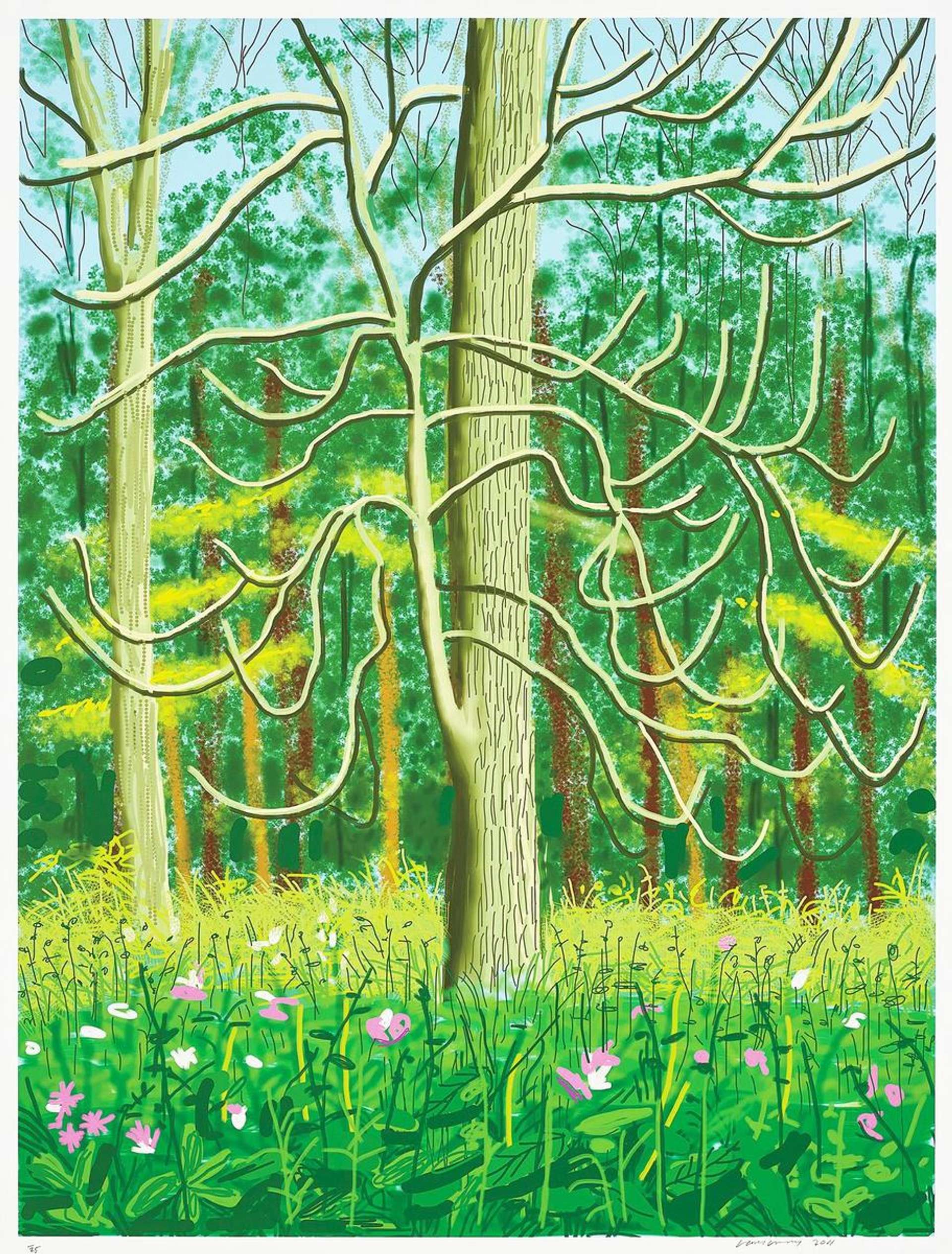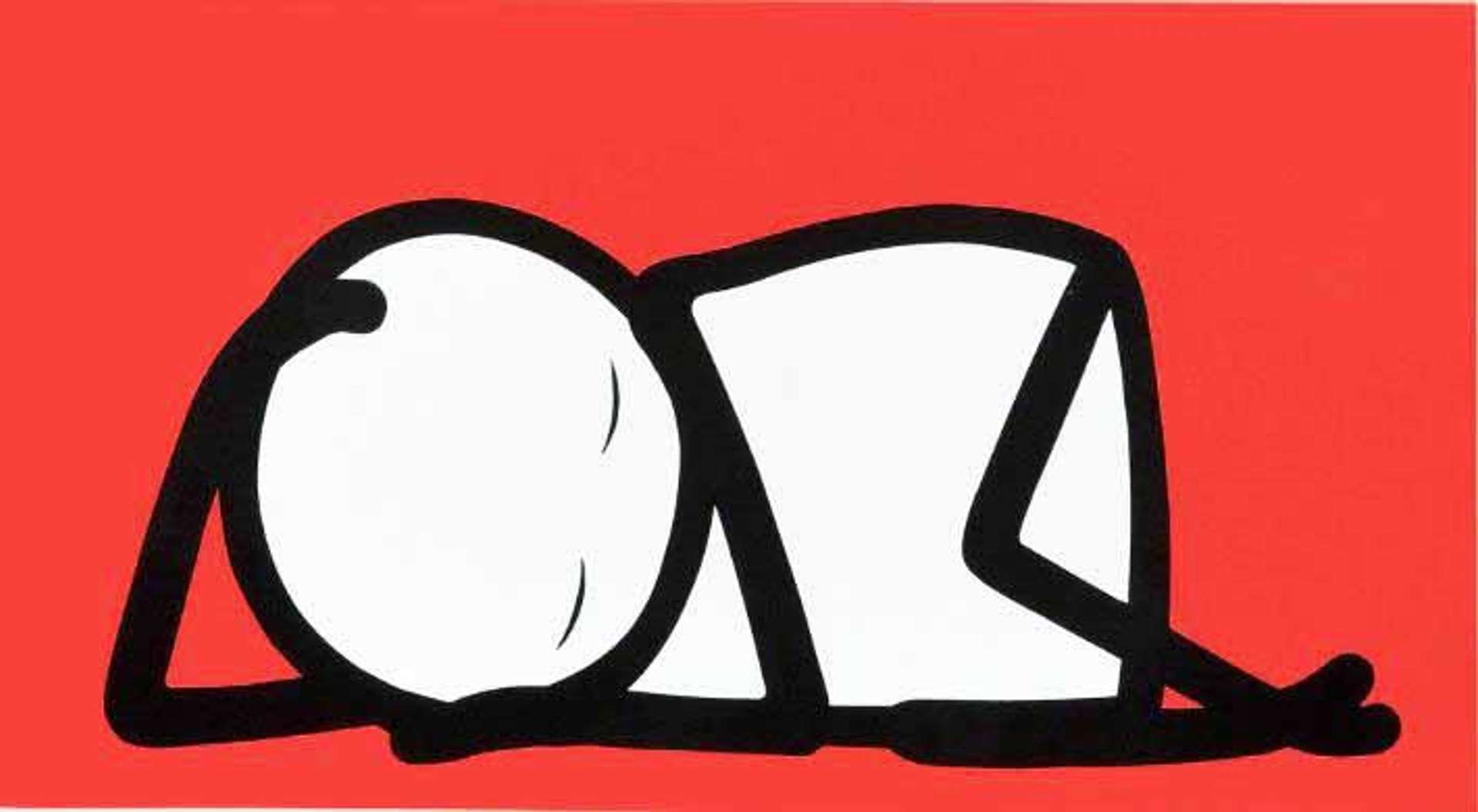 100 Sources Of Pop Art © Peter Blake 2014
100 Sources Of Pop Art © Peter Blake 2014
Interested in buying or selling
work?
Live TradingFloor
Plagued by Pop, Sir Peter Blake's work is shaped by the big brands and names of his time. Blake is the artist behind one of the most iconic album covers of all time, The Beatles' Sgt. Pepper's Lonely Hearts Club Band, and his art continuously reflects his obsession with pop culture.
 100 Sources Of Pop Art © Peter Blake 2014
100 Sources Of Pop Art © Peter Blake 2014Blake was one of the first Pop Artists in Britain.
Blake's eclectic visual work makes reference to the big brands and celebrities of his time. Blake was one of the first British artists to adopt this distinctly American-inspired Pop approach, established by Andy Warhol.
Blake originally trained as a printmaker and draughtsman.
When studying at Gravesend School of Art, Blake trained in wood engraving, silversmithing, and a range of other crafts. After his time here, Blake went on to study graphic design at the Royal College of Art before he was eventually accepted by the paintings school. Blake's training as a graphic designer is clearly apparent in his thoughtfully considered compositions.
 Image © Tate / Self-Portrait With Badges © Peter Blake 1961
Image © Tate / Self-Portrait With Badges © Peter Blake 1961Many of Blake's works refer to classical paintings.
Though Blake makes deliberate reference to pop culture icons of his time, he also classical British painting by the likes of Thomas Gainsborough. In his Self-Portrait With Badges, Blake stages his self-portrait with pop culture props rather like 17th century portrait paintings.
Blake is also inspired by literature.
Blake moved to Bath in 1969, and gradually turned his attention from figures of mass media to British folklore and Shakespeare. As well as these more historic sources of inspiration, he also increasingly created works inspired by Through The Looking Glass.
 Sergeant Pepper's Lonely Hearts Club Band © Peter Blake 2007
Sergeant Pepper's Lonely Hearts Club Band © Peter Blake 2007Blake co-designed the iconic cover art for The Beatles' Sgt. Pepper's Lonely Hearts Club Band.
In 1967, The Beatles prepared to release their eight studio album, Sgt. Pepper's Lonely Hearts Club Band. With art-direction by Robert Fraser, the album cover art was designed by Blake and his then-wife Jann Haworth. The cover is considered one of the most iconic in history, and pictures the "fab four" surrounded by 70 of their heroes.
Blake was awarded a knighthood for his services to art.
Back in 2002, Blake was recognised for his contributions to British art, and was invited to Buckingham Palace to receive his knighthood.
 “Well, this is grand!” said Alice. “I never expected I should be a Queen so soon.” © Peter Blake 1970
“Well, this is grand!” said Alice. “I never expected I should be a Queen so soon.” © Peter Blake 1970Blake started a group called The Ruralists in the late 1960s.
In the late 1960s, around the same time Blake moved to Bath, he established an art group called The Ruralists. This group of like-minded creatives sought to capture the beauty of everyday life in rural British areas, a quiet contrast to his earlier Pop works.
Many of Blake's paintings mimic collage.
With figures, motifs, and logos haphazardly positioned across his compositions, Blake's works appear like a tapestry of famed things and people in pop culture.
 Image © Tate / On The Balcony © Peter Blake 1955-7
Image © Tate / On The Balcony © Peter Blake 1955-7Art historical references are integral to Blake's work.
Though references to contemporary pop culture phenomena is integral to Blake's work, he is also keen to allude to the traditions of art history. His seminal work On The Balcony, for example, references a famous painting by Edouard Manet and reveals Blake's constant mingling of past and present in his work.
Blake's work comments on the omnipresence of mass media in our lives.
Throughout his works, Blake points towards the memorable logos and faces of pop culture. His tapestry-like works prove how ingrained these motifs and symbols are in our collective consciousness, and are a truly Pop expression of the effect of mass media in our lives.





